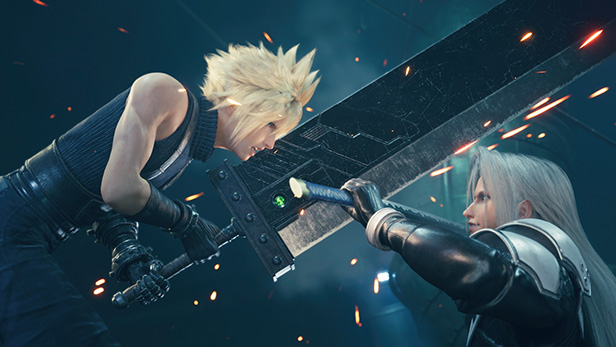reddeadplace.com – Released by Blizzard Entertainment in 2016, Overwatch quickly cemented itself as a revolutionary entry in the multiplayer first-person shooter genre. Its combination of vibrant characters, dynamic gameplay, and team-based mechanics garnered critical acclaim and a passionate player base. This article examines the key elements that have shaped Overwatch‘s reception, highlighting both its triumphs and areas of criticism.
The Gameplay: Teamwork at Its Core
At the heart of Overwatch is its emphasis on teamwork. Players select from a roster of heroes, each categorized into three roles:
- Tank: Characters like Reinhardt and D.Va absorb damage and create space for their teammates.
- Damage: Heroes such as Tracer and Soldier: 76 focus on eliminating opponents.
- Support: Characters like Mercy and Lucio heal and enhance their team’s effectiveness.
The game’s objective-based modes, including Escort, Control, and Hybrid, demand strategic coordination rather than mere individual prowess. Reviewers have consistently praised this aspect, emphasizing how it fosters collaboration and replayability.
Visual and Narrative Appeal
Blizzard’s hallmark artistry shines in Overwatch. The game’s vibrant maps are inspired by real-world locations, from Numbani’s futuristic African metropolis to Paris’s romantic streets. Each map serves as a backdrop for the lore-rich universe, revealed through animated shorts, comics, and in-game interactions.
Critics have lauded the diversity of the hero roster, which spans various nationalities, ethnicities, and backgrounds. This inclusivity resonates with a global audience and sets Overwatch apart from other titles in the genre.
Competitive Scene and Esports
The launch of the Overwatch League (OWL) in 2018 elevated the game’s competitive stature. Featuring city-based teams from around the world, OWL showcases high-level gameplay and strategic depth. Reviews from esports analysts often commend the game’s ability to translate its chaotic team fights into a spectator-friendly format. However, balancing issues and hero bans have occasionally drawn criticism for disrupting the competitive meta.
Challenges and Criticisms
Despite its accolades, Overwatch has faced its share of challenges:
- Balancing Issues: Frequent patches and reworks aim to keep gameplay fresh but sometimes disrupt player familiarity or favor certain heroes disproportionately.
- Toxicity: Like many online multiplayer games, Overwatch has struggled with player behavior issues. Blizzard introduced systems such as endorsements and role queue to mitigate this, but the problem persists.
- Overwatch 2 Transition: The sequel, Overwatch 2, faced mixed reviews due to its shift to a free-to-play model, limited new content at launch, and the removal of the 6v6 format in favor of 5v5 gameplay.
Community Reception
The Overwatch community remains one of the game’s strongest assets. Fans have created fan art, cosplay, and even community events, celebrating the game’s diverse characters and stories. However, the community’s expectations have also put pressure on Blizzard to deliver consistent updates and address player concerns promptly.
Conclusion
Overwatch has left an indelible mark on the gaming landscape, blending fast-paced action with a compelling narrative universe. While it has faced hurdles, its commitment to innovation and inclusivity ensures it remains a beloved title for millions of players worldwide. As the franchise continues to evolve, fans and critics alike eagerly await what the future holds for this iconic game.
Whether you’re a seasoned player or a newcomer, Overwatch offers an experience that’s as thrilling as it is memorable—a testament to Blizzard’s enduring craftsmanship.






